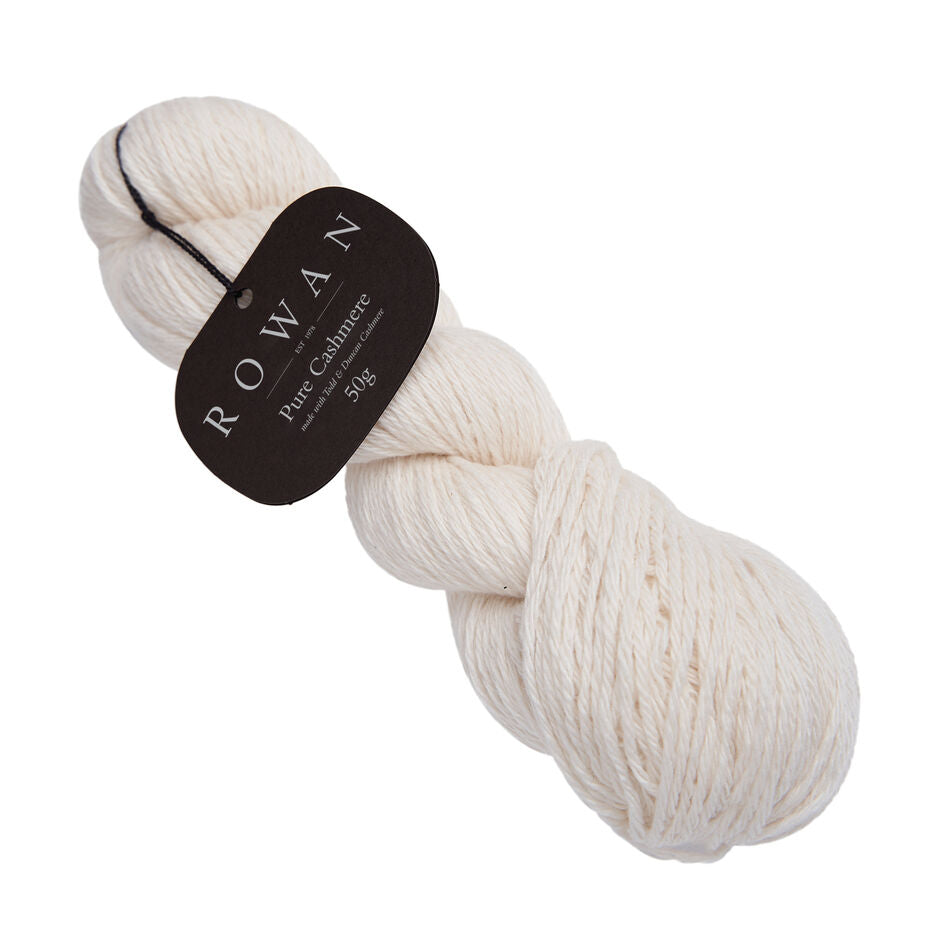Discovering What Material Is Cashmere and Its Role in Premium Clothing
Discovering What Material Is Cashmere and Its Role in Premium Clothing
Blog Article
Comprehending the Different Kinds Of Cashmere an All-natural Fiber and Their Distinct Advantages

The Beginnings of Cashmere: A Historical Introduction
While the elegant touch of cashmere continues to charm contemporary consumers, its beginnings map back to the extreme, cool environments of Mongolia and the Mountain ranges. For centuries, the native individuals of these areas have been increasing Capra Hircus goats, the prime resource of cashmere woollen. These goats, resilient against the extreme wintertimes, expanded a great undercoat to survive, which later ended up being called cashmere. The name itself pays tribute to Kashmir, a region in India where the wool was at first refined. Much of the very early cashmere profession route was helped with by the Silk Road, attaching Asia with the Center East and Europe. Despite its global spread, the finest cashmere is still believed to originate from the original regions of Mongolia and the Himalayas.

The Manufacturing Process: From Goat to Garment
Shearing a Capra Hircus goat marks the beginning of the elaborate cashmere manufacturing process. This delicate procedure typically happens yearly throughout spring. The fine, soft undercoat is after that divided from the coarser outer hair, a process understood as dehairing. The resultant raw cashmere is after that cleaned to eliminate contaminations such as veggie, dust, and oil matter.
The clean fiber goes through dyeing, spinning, and weaving, or knitting, to transform it into a fabric. Complex procedures like high quality control checks and completing processes comply with, making sure completion item preserves the lavish criterion anticipated of cashmere. This meticulous process, from goat to garment, validates the high expense connected to cashmere products, making them a symbol of deluxe and improvement.
The Different Kinds Of Cashmere: An Extensive Analysis

The One-of-a-kind Benefits of Cashmere: Comfort and Sustainability
Moving from the range of cashmere kinds to the advantages they provide, comfort and sustainability stick out plainly. Cashmere, an all-natural fiber, is renowned for its unrivaled gentleness, supplying a degree of convenience that artificial fibers can not match. The product's agility, yet impressive warmth retention, makes it perfect for all seasons. Cashmere's natural flexibility enables it to return to its initial form, making it resistant to extending or diminishing.
When it comes to sustainability, cashmere is biodegradable and renewable, as it's collected from cashmere goats that regrow their layers yearly. what is cashmere. Unlike synthetic fibers which can take centuries to decompose, cashmere's influence on the setting is very little. This combination of convenience and sustainability makes cashmere a beneficial selection for mindful consumers

Caring for Your Cashmere: Upkeep and Conservation Tips
While cashmere is definitely a luxurious and sustainable option, it calls for details care to maintain its quality and extend its lifespan. To begin, cashmere should be hand washed using cool water and a mild detergent. Cashmere items should be kept in a completely dry and cool location, away from straight sunshine and moisture.
Investing in Cashmere: Comprehending Its Value and Worth
Although cashmere may at first appear like an expensive financial investment, its lasting worth and worth come to be noticeable when you consider its impressive top qualities. Recognized for its unparalleled soft qualities and heat, cashmere is a costs a fantastic read natural fiber that exceeds other materials. Its high need and restricted supply contribute to its high price, but its durability guarantees it lasts for several years, using exceptional value for money. Cashmere items are ageless, frequently becoming my explanation antiques passed down through generations. what is cashmere. Its all-natural protecting residential properties supply warmth without the mass of synthetic fibers. Purchasing cashmere, consequently, is not almost present style patterns, but regarding embracing a lasting, lasting, and luxurious way of life.
Conclusion
In summary, the kind of cashmere one picks, be it Mongolian, Chinese, or Italian, is determined by specific choices for warmth, sustainability, deluxe, and budget plan. Comprehending the beginnings, production process, and unique advantages of various types of cashmere can direct customers in their investment in this glamorous all-natural fiber.
Whether it's the phenomenal heat of Mongolian cashmere, the cost of Chinese cashmere, or the eco-conscious production of Italian cashmere, there's a tale to be found behind each fiber kind. Cashmere, a natural fiber, is renowned for its exceptional softness, giving a degree of comfort that artificial fibers can't match.When it comes to sustainability, cashmere is biodegradable and eco-friendly, as it's harvested from cashmere goats that regrow their coats each year. Understood for its unparalleled soft qualities and warmth, cashmere is a costs natural fiber that outperforms various other materials. Recognizing the origins, manufacturing process, and one-of-a-kind benefits of various types Check This Out of cashmere can lead consumers in their financial investment in this extravagant natural fiber.
Report this page